When
Shirley Tang started selling handmade clothing in 2020, she knew just where to
do so online: Depop, an app at the forefront of social shopping.
اضافة اعلان
Tang, 22, began
offering $100 to $200 hand-draped mesh and woven tops and skirts in her Depop
shop, where her following grew to 24,000. Customers, most of them around her
age, traded messages and commentary on the app about her creations as her store
caught the attention of magazines and Grammy-winning artists, including SZA and
Kali Uchis. Her business surged.
But, this year,
Tang began focusing on selling her clothing brand, ORIENS, exclusively on her
website. Depop’s popularity had led her to make the same items again and again,
she said, hemming her in creatively. And she was tired of the app charging a 10
percent commission on every item sold.
“I wanted that
independent establishment, even if it meant losing out on a little bit of new
people who were going to be organically finding my pieces on Depop,” said Tang,
a rising senior at the Parsons School of Design. “To me, that was a worthy
sacrifice.”
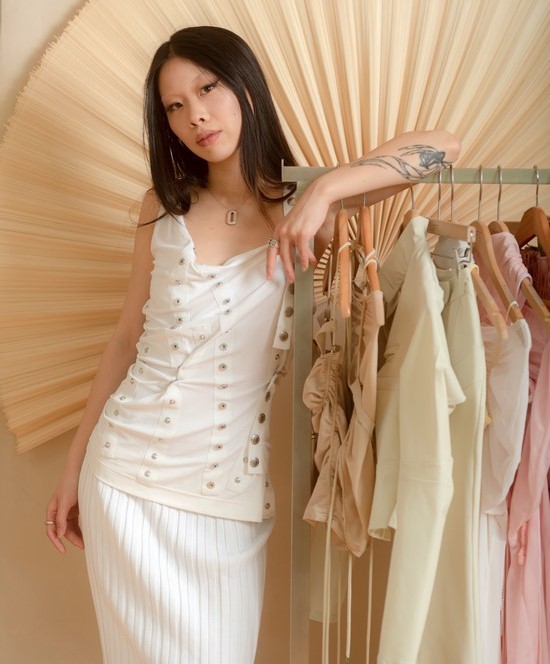
The onset of the
pandemic led Depop to become a springboard for hundreds of millennial and Gen Z
designers, including Fancì Club, whose corsets have been worn by celebrities
like Olivia Rodrigo, and Gogo Graham, whose designs have moved to the runways
of New York Fashion Week. With its Instagram-like interface, through which
people can upload and caption photos, follow and message one another and
discover curated items, Depop turned into a go-to fashion marketplace among
teenage and 20-something shoppers.
But, like other
online shopping businesses that boomed over the past two years, Depop is now
confronting the downside of its pandemic-fueled success. Dozens of the creators
it helped establish, such as Tang, have started taking the brands they built
through the app to other platforms like Instagram and TikTok — or are leaving
the app altogether to establish their own online stores.
That is creating difficulties for Depop as it tries
to hang on to a young — and notoriously fickle — audience. Having the most
sought-after and buzziest designers is crucial to retaining users and growing
their number. Younger shoppers are generally less loyal to brands and platforms
than older shoppers are, according to market researchers.
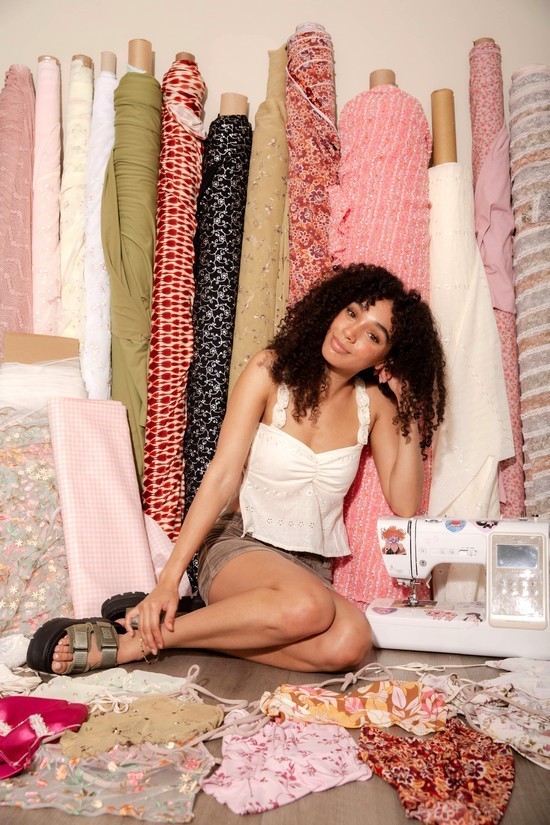
Peter Semple,
chief brand officer at Depop, which the e-commerce website Etsy bought last
year for $1.6 billion, said the pandemic “has certainly driven the scale of our
business.” The question regarding the app’s users, he said, has become, “How do
we remain interesting and present to them so they continue to be part of the
Depop ecosystem?”
Semple added that
sellers leaving Depop was nothing new and that their successes often inspired
new designers to join the app. He cited Emma Rogue, a seller of secondhand
clothing who turned her Depop shop into a brick-and-mortar vintage store. “We
then have to be more interesting for the next group of people we want to
cultivate,” he said.
Depop said it had
30 million registered users last year, up from 13 million in 2019. About 90
percent of its active users are under the age of 26. Its revenue more than
doubled to $70 million in 2020 from a year earlier. The app declined to share
more recent figures; Etsy does not separately disclose Depop’s financial
information.
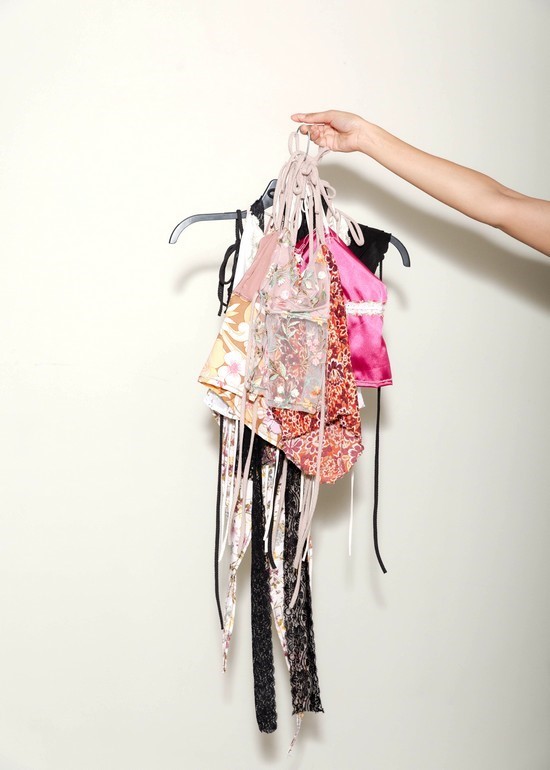
Depop was founded
in 2011 by Simon Beckerman, an entrepreneur, as a website where anybody could
sell anything. (He is no longer involved with the app.) It soon built a
reputation for selling used clothing, with influencers like Italian fashion
blogger Chiara Ferragni letting followers into their closets by starting Depop
shops. By 2015, Semple said, Depop was benefiting from Gen Z coming online and
was building its platform to be more interactive.
In 2018, Depop
homed in on becoming a fashion marketplace and discouraged sellers from
offering items other than clothing. Since then, the app has ingrained itself in
Gen Z culture, with promoters such as Megan Thee Stallion, YouTuber Emma
Chamberlain, and model Winnie Harlow. Sellers like Bella McFadden, who resold
clothing from thrift stores on Depop and now runs a stand-alone company and a
YouTube channel, became social media influencers and tastemakers in their own
right.
After the pandemic
hit, more buyers gravitated to online shopping destinations like Depop, helping
the app double its users and revenue in a year. That success attracted more
sellers, who provide their date of birth, billing address, and PayPal account
information to set up shop on the app.
But, over time,
some Depop sellers began looking to grow their businesses beyond the app.
Brianna Lopez, 25, from Winnetka, California, said she struggled to connect
with the customers of her Depop shop, That Valley Girl. Last year, she joined
Instagram.
On Depop, most of
her interactions with customers happened only when they wanted to buy
something, Lopez said. But on Instagram, she said, she could share more
personal moments from her life through features like Stories — which people use
to post photos and videos that disappear after 24 hours — so “people get a feel
of who I am and who they’re buying from.”
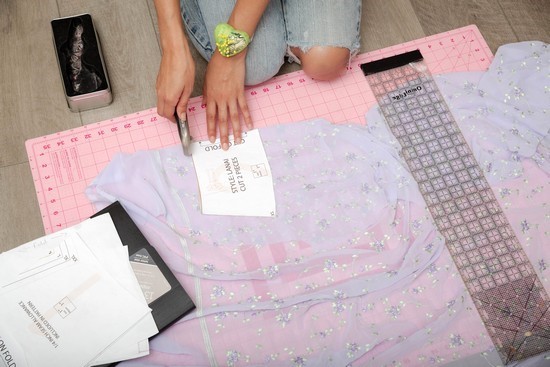
Lopez still spends
more time on Depop, where she has 30,000 followers, compared with fewer than
1,000 on Instagram. Her bestselling item, a $58 mesh halter top with
embroidered flowers, went viral on Depop this year, winning her shop adulation
from customers in comments and reviews.
Rhi Dancey, 28, a
clothing designer in London, has almost shifted fully away from Depop to focus
on her own online store. A stylist who was out of work at the beginning of the
pandemic, she began her eponymous business on Depop in March 2020 and amassed
36,000 followers. She also grew the business on Instagram, where she has 50,000
followers.
But, by late 2020,
she was turning away from Depop and establishing her own website. Although she
still sells her mesh tops, dresses, and lingerie on Depop, she now gets one
order on Depop for every 10 orders on her website.
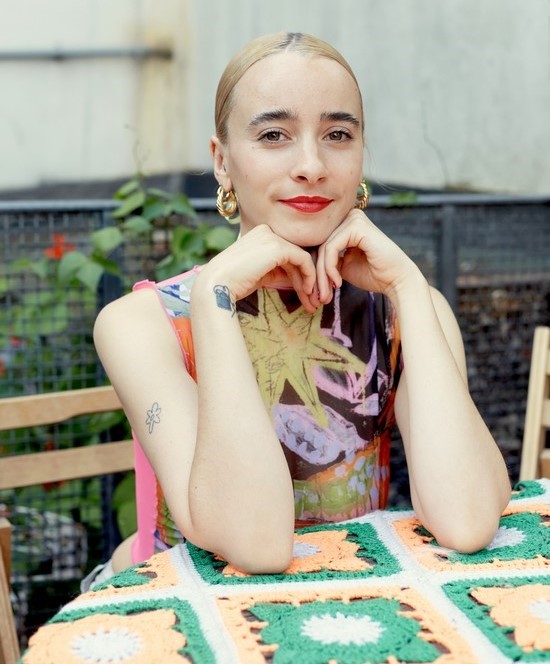
Dancey said she
was also building her brand beyond Depop through in-person events, as pandemic
restrictions have loosened. This month, she hosted a pop-up store in Berlin,
collaborating with other artists and designers.
“I still have the Depop
shop because I don’t see the harm in having it,” Dancey said. But “for me to
maybe invest more energy into it again, there would need to be some rethinking
of how to do things now that the world is changing.”
Read more Fashion
Jordan News







